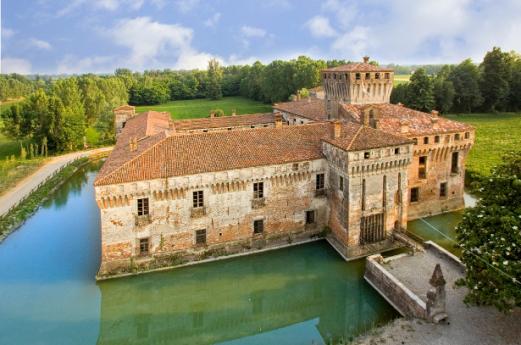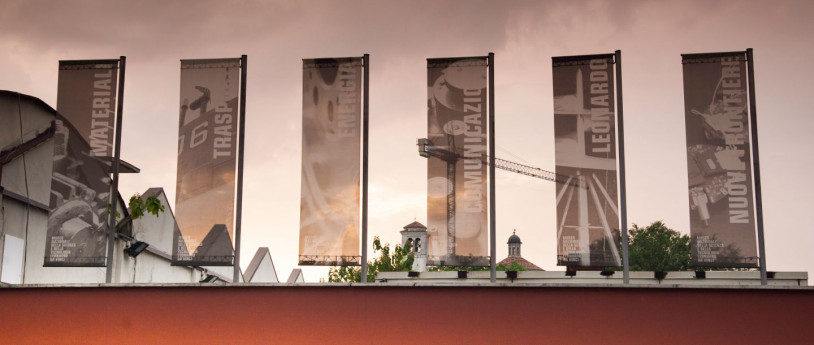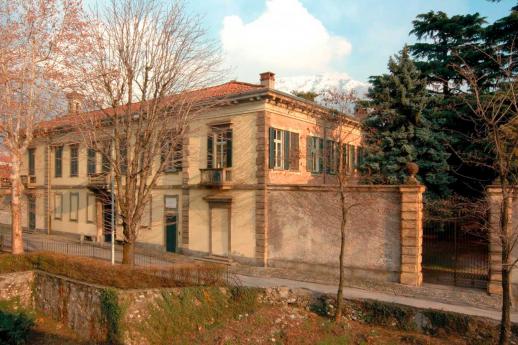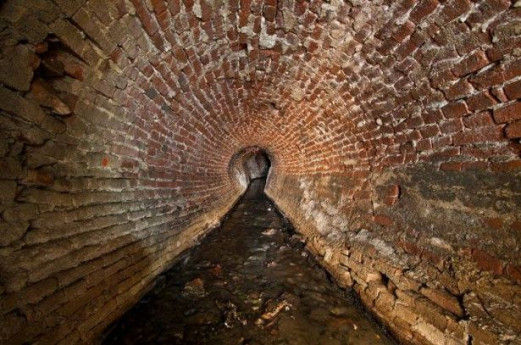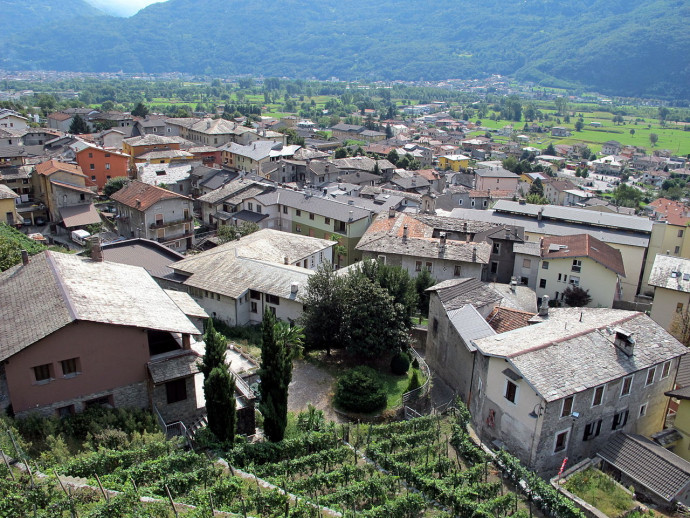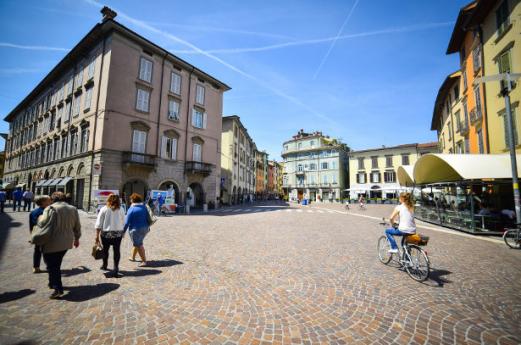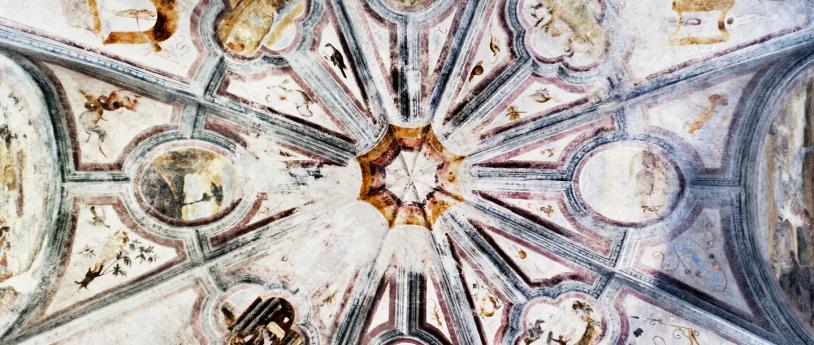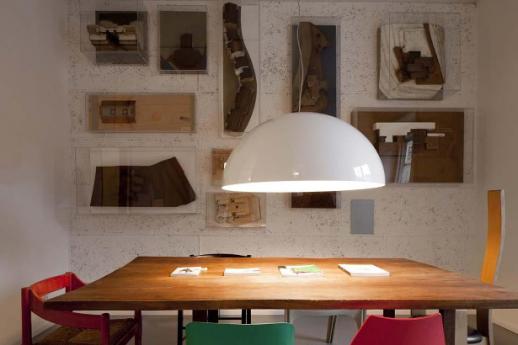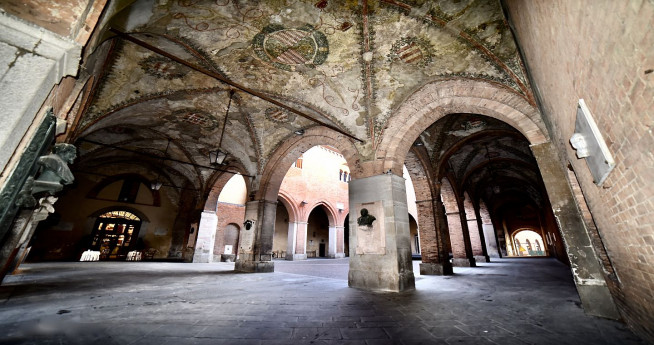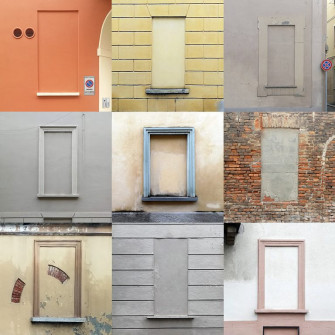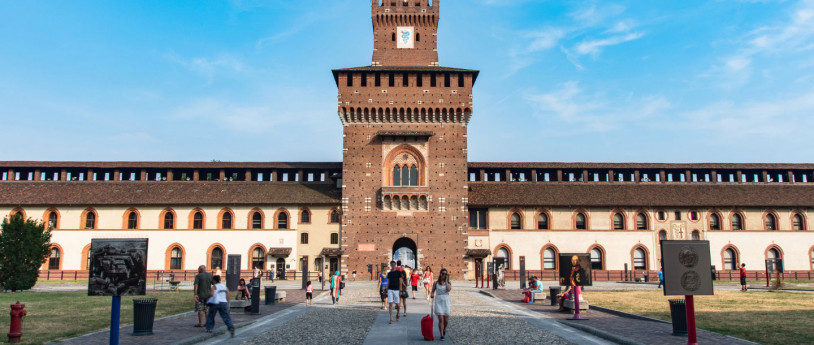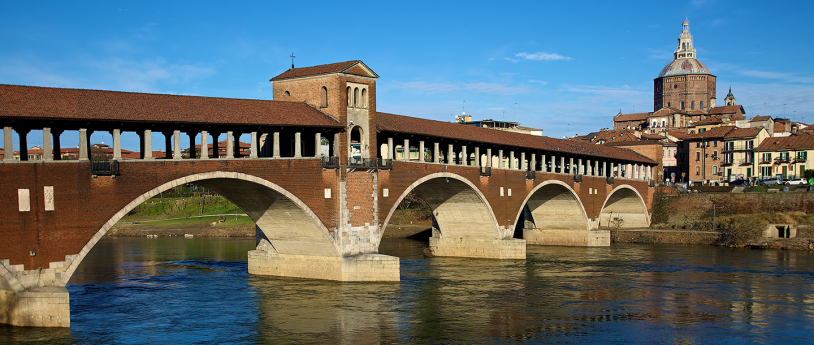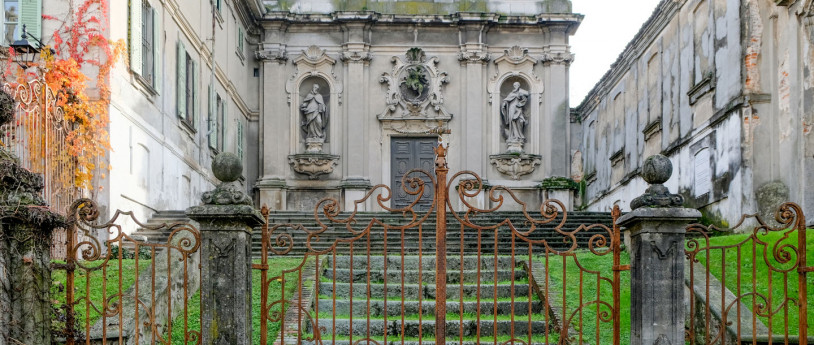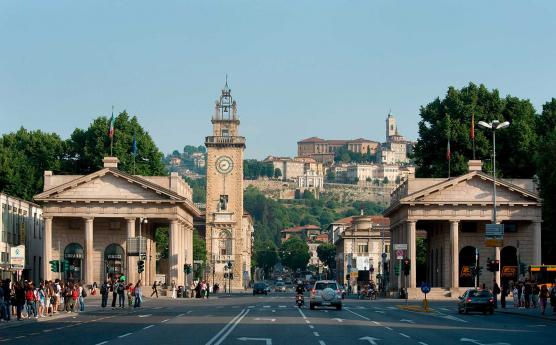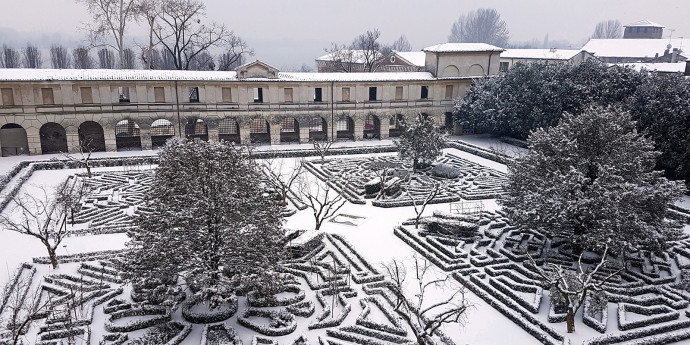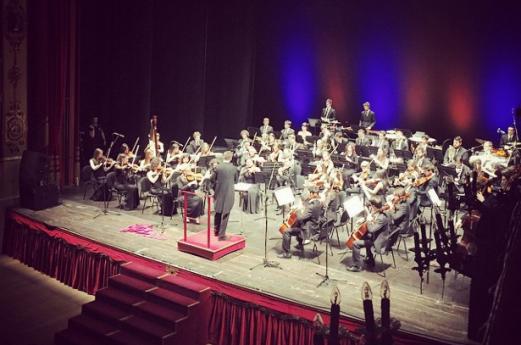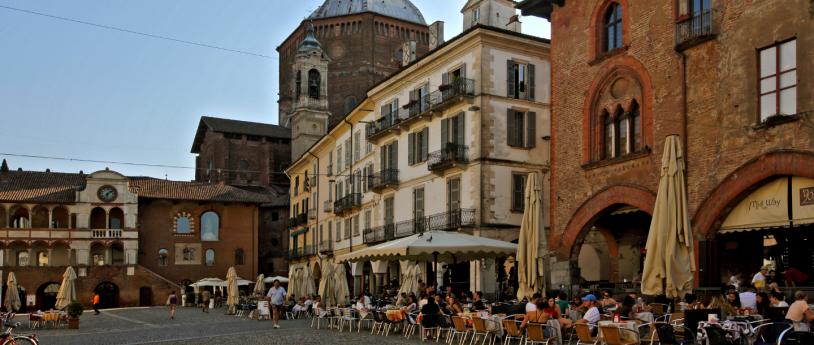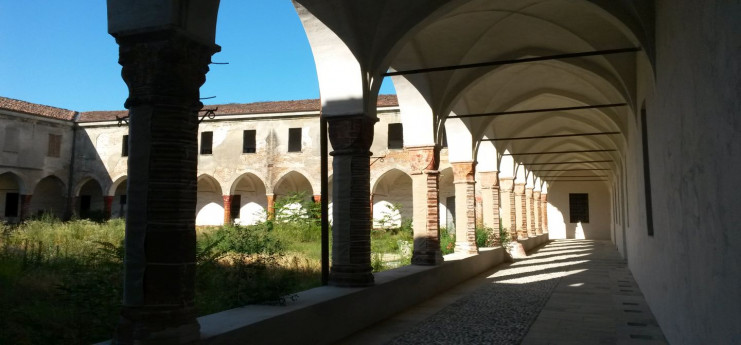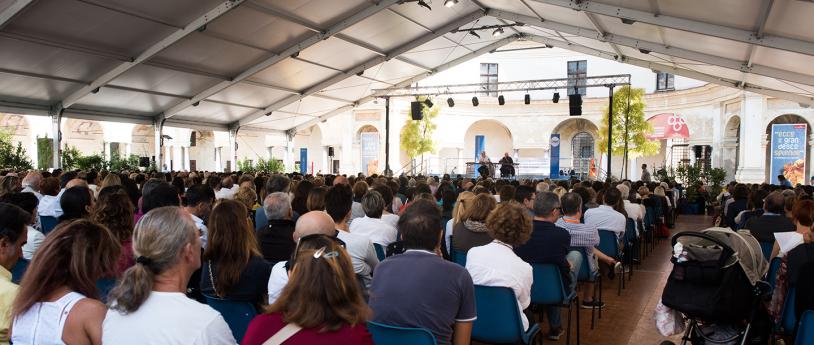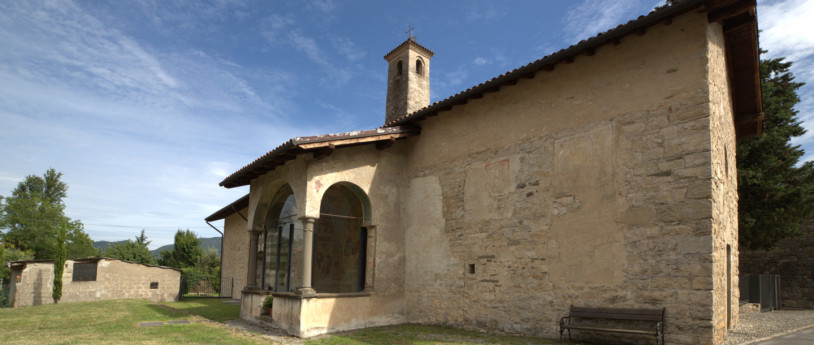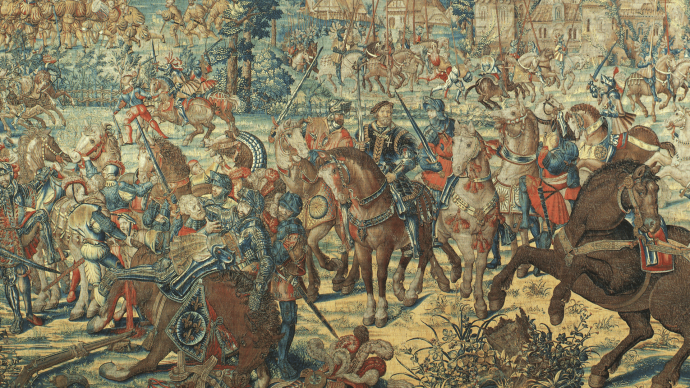- Art & Culture
Bergamo Upper City
Medieval atmosphere on the top of a hill
Bergamo is divided into two cities: the modern and dynamic lower city, with its tree-lined avenues of viale Giovanni XXIII, the Sentierone and viale Vittorio Emanuele II, and the high city, with its picturesque and enchanting historic old town.
Bergamo Alta, surrounded by its walls, perched on a hill, has retained its centuries-old Medieval and Renaissance appearance, represented by piazza Vecchia and piazza del Duomo. And if Palazzo della Ragione and Santa Maria Maggiore date back to the period of the medieval communes, an absolute masterpiece such as the Colleoni Chapel, built to host the mausoleum of the leader and his daughter, brings visitors back to the Renaissance age.
On one side of Piazza Vecchia you will find Palazzo della Ragione (built in the 12th century and subjected to various renovations in the centuries that followed) and palazzo del Podesta to the left, a symbol of Venetian power over the city, built in the 14th century yet frescoed by Bramante in 1477 (the remains of these paintings are now housed in the Sala delle Capriate hall of Palazzo della Ragione).
Be sure to take a walk around the walls of the city: from the 16th century gate of Porta Sant'Agostino, surmounted by the lion of Venice, to the gate of Porta Sant'Alessandro, near the citadel built by the Visconti in the 14th century, to the gate of Porta San Giacomo, located along the ramparts which strengthened the city walls.
The 16th-century fountain of Sant'Agostino, which stands in front of the door of the same name, completes the monumental entrance to the city like the beautiful 18th-century fountain in the centre of Piazza Vecchia that completes the view.
However, many more medieval fountains are scattered throughout the city, such as the fountains of Osimano, the San Michele fountain at the church of Pozzo Bianco, the fountain of Porta Dipinta, on via Colleoni, the so-called Seca Fountain or Visconti Fountain, an ancient cistern that became the basement of the university at the end of the 18th century.
